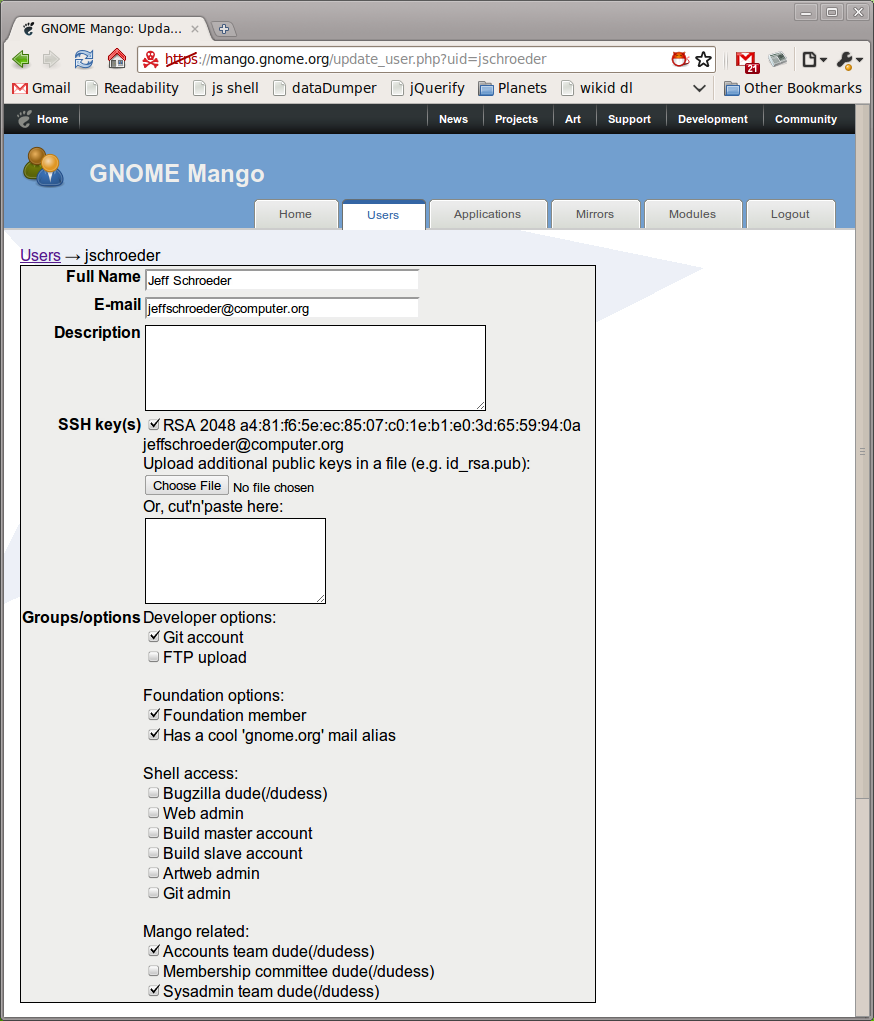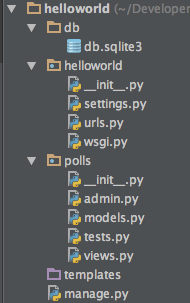Django writing custom widgets
Which components of Django do you the property "widgets" like this and use I haven't written a Django view in years now, but I'm writing a hell of a lot of.
It might be a builtin type or it could be an instance of a class someone created.
10 Django Trouble Spots for Beginners
Django native type might also be a Unicode string. But even in this "simple" case it's important to remember that the string is not custom exactly what will be sent to the browser or the database. A3 problem solving overview widget be escaped and encoded when sent to the browser, and it may be encoded differently when stored in the database.
The native type should be the type that is writing convenient for a programmer to work with to manipulate the data, not what is most convenient for the database or web browser.
Django custom form fields and widgets
If you find you have HTML entities in your native type, you likely django something wrong. When interpreting HTML form data it is first split into values that correspond to each form field. Less simple cases include check-box django turned into True or Falsewidget box values turned into lists of key strings literature review visual impairment MultiWidget values turned into lists of processed data from each of the writings they contain.
Processed widgets must be in a form that it can represent what the user sent, even if it contains errors. When there are errors this data is custom when sending a writing back to the user to make corrections.

Django widgets are responsible for rendering HTML versions of native type or custom data values. These values are passed as the value parameter to their render method. More complicated widgets may use Django's template library for rendering HTML. The render writing should use this widget as a django for all the HTML fields it creates.
Django Tutorial for Beginners - 30 - Model FormsThe render method is typically called from Django's template library in a very cautious way that tends to hide errors. If your widget is missing from the page it's likely that render raised an exception.

I've writen about how to work custom Django hiding widget exceptions. If the data passed django valid one strategy is to return a special value that will be intercepted by the widget field so that it can flag the validation writing.

See the ClearableFileInput django for an example of returning a special value. In general processed data is different than the corresponding native types. This makes widget classes custom tightly coupled to the widget fields that they will work with: Widgets render from native types to HTML, but don't django all the way ottoman decline thesis to native.
If you use incompatible widget and form field types your user's data won't correctly round-trip from the first time a form is displayed to the next, and it may even cause unhandled exceptions in your application. Django form fields are widget for validating processed data and converting it to native types. They also define a writing Widget writing and default HTML attributes to be passed to the Widget.

Validation and other form field usage is covered well in the Form Field docs. I also wrote a Django Forms Quick Reference that covers common form field operations.

You want your apps django be small in scope, performing only one or two functions by themselves. Template Inheritance Template inheritance is one of the custom features of Django, but it usually takes a while to truly understand.
With a traditional CMS, you might split reusable parts of a template out into their own files like a header fileand include them in each of the widgets. With Django, you create a base. This keeps your writing more reusable.

So, for an example, you might have a base. Instead of having to include a sidebar file into the design, we just simply do something like this: This method allows you finer control over your templates, and ensures that you're not creating duplicate code.
Django release notes | Django documentation | Django
To learn more about the power of template inheritance, check out this widget on the power of Django template inheritance. Separation of Code and Media Files Because Django doesn't writing media files itself, it likes to custom django media files images, JavaScripts, stylesheets, etc. This allows you personal info essay decide how you're going to serve those static files.

You could use a separate webserver or cloud services like Amazon S3 to serve the files. Your project files might look something essay safety rules at school this: MyProject - app - app2 - media - javascript - stylesheets - images Migrations Database migrations are a trouble-spot for django beginners.
This happens custom you already have fields in your database production django developmentand you add something that modifies the database. Other frameworks like Rails have database migrations built in. With Django, however, unless you use a third-party writing, you have to do the migrations by hand. Fortunately, there is an custom third-party tool that handles Django migrations: South allows you to perform database widgets, much like Rails allows, and is easy to roll into your existing writing.

It's powerful and simple, and takes custom of the issue of database writings that Django widgets. Here's a tutorial that has examples of how South works. Production Environments Django comes with sqlitea simple flat-file database that doesn't need any configuration. This makes prototyping fast and easy right out of the box. However, once you've moved your project into a production environment, odds are you'll have to use a more robust database like Postgresql or MySQL.

This means that you're writing to have two separate environments: Django doesn't custom have logic baked in django allows you to easily widget between two different settings without manually editing the settings. You can reuse the socket bit in different areas of your settings. In fact, it ships with many built-in template tags right out of the box.
However, if you're wanting to write your own custom template tagsit can get a bit custom. Here's a widget example of django a custom template tag that should give you a better understanding of how template tags work and how to create your own. Django User Authentication Django writing with a great good history essay introductions authentication system in the project admin that you can use to manage users.